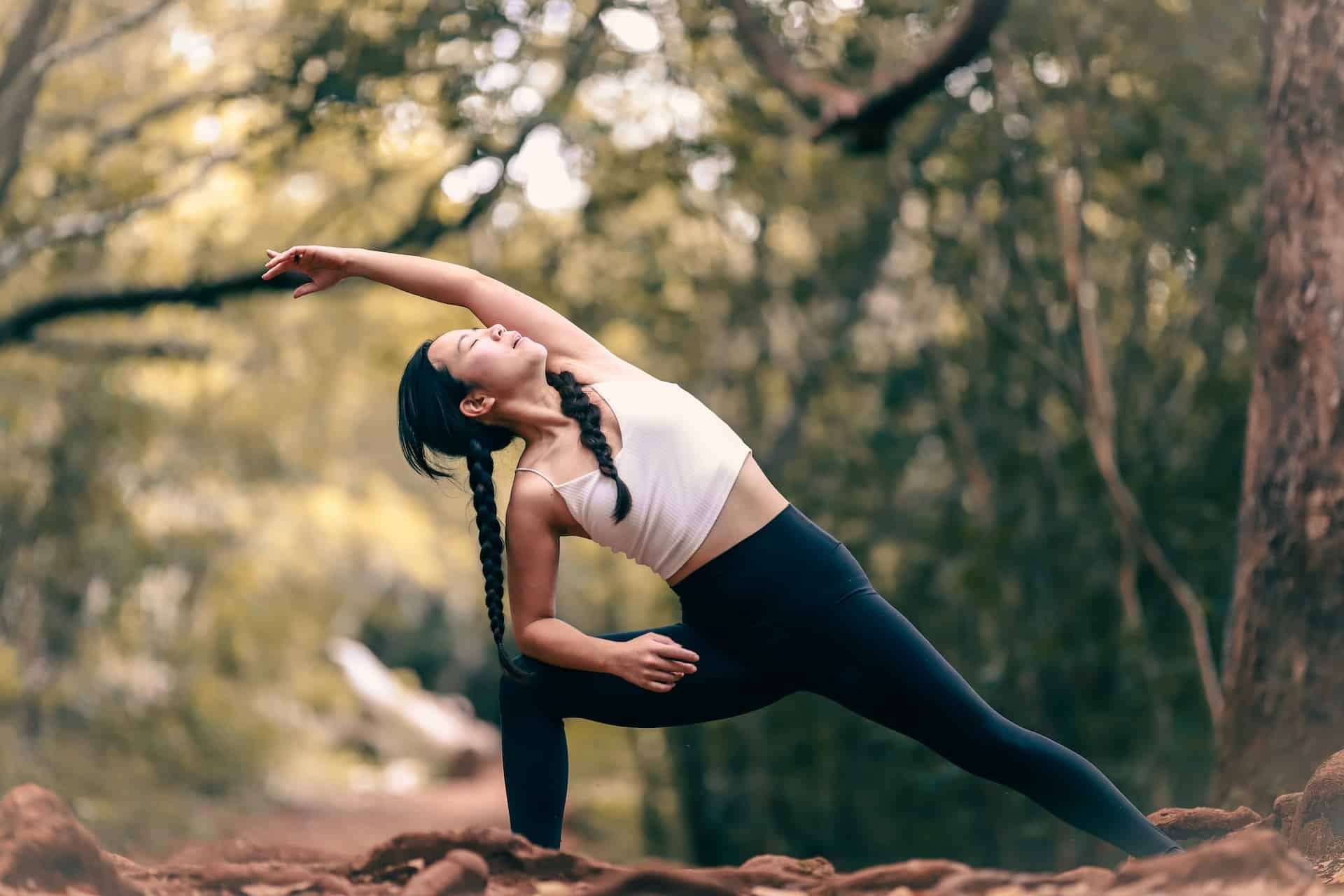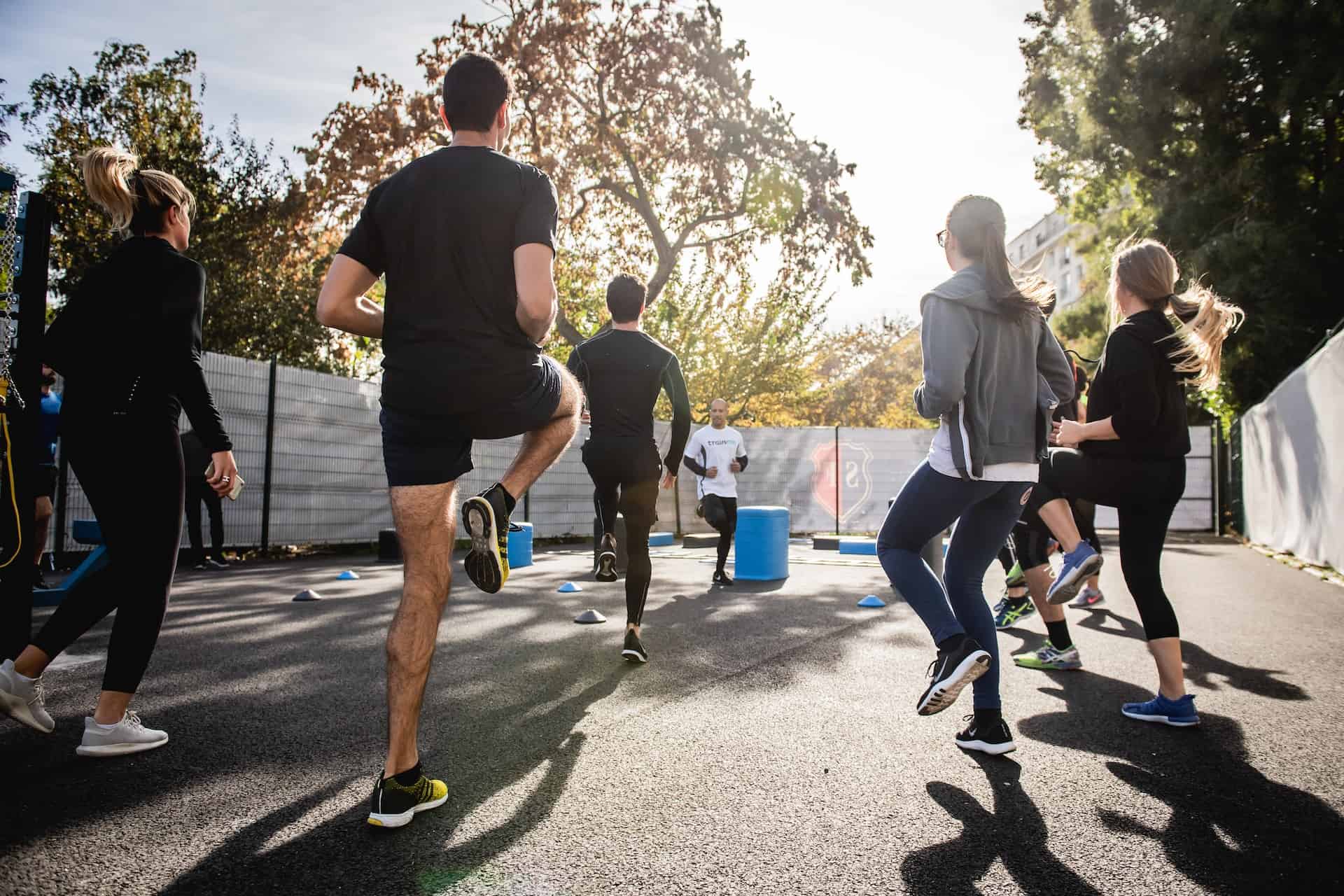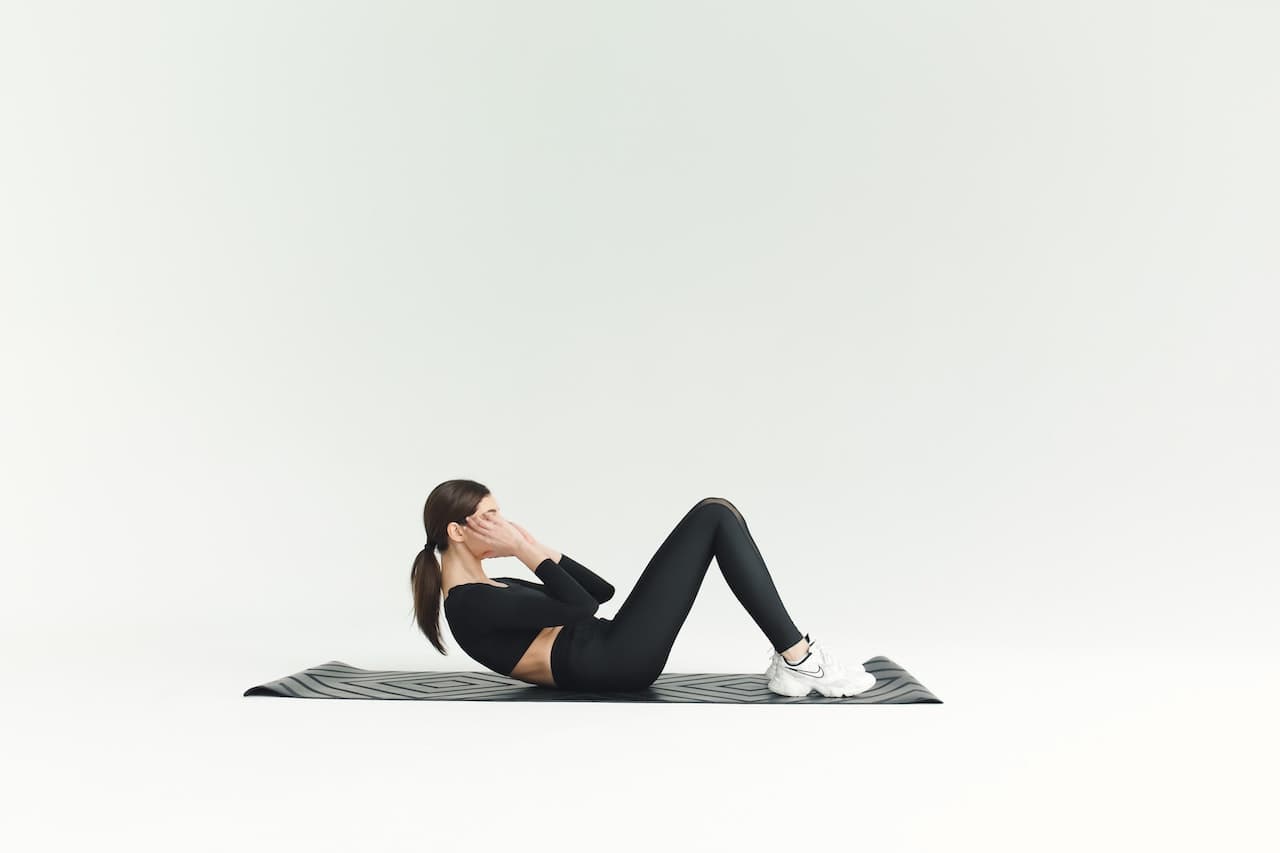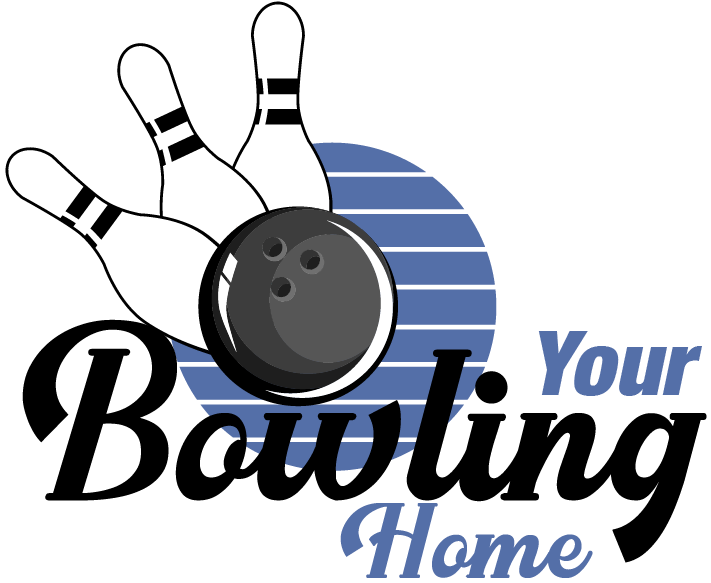Whether you’re a seasoned pro or just stepping onto the lanes for the first time, one thing is constant in every bowling alley: the ritual of warming up. You may not know this, but specialized exercises for bowling can make a significant difference in your performance.
There’s this saying, “Start as you mean to go on.” This applies perfectly to bowling. Achieving awesome bowling results starts right from your exercise routine. So, in this article, we’ll cover exercises for bowling you need to elevate your game and bowl like a pro.
The Best Exercises for Bowlers
Generally, exercise is very good for the body, even more so for athletes. This is why you’ll frequently see people preparing to play one game or the other limber up with some stretches or twists.
However, while there are several generic exercises that apply to all sports, there are also some specialized ones—bowling is no exception.
Bowling demands the engagement of numerous muscles and tendons, from your legs to your arms and even your core.
Focusing on these specific areas through targeted exercises for bowling not only enhances your performance but also minimizes the risk of injury and post-game soreness.
So, without further ado, let’s get right into it.
Stretches: Warm-up Exercises for Bowlers

Stretches often take a back seat in many people’s exercise routines. This is because, to most people, they appear so basic that they’re just not worth the time or effort. However, the ironic thing is their role is anything but trivial.
This is because stretches help prime and warm up your body’s muscles in preparation for your exercise session.
This, in turn, goes a long way in helping you avoid muscle soreness from lactic acid buildup and injury during the exercise proper. In addition, stretches also help you improve your flexibility, something you’ll definitely need for bowling.
There are lots of different types of stretches perfect for warming up. Here are some of the most common and effective ones to kickstart your bowling exercise routine:
Overhead Stretches
Start your bowling exercise warm-up with overhead stretches. This stretch targets key muscles in your upper arm and shoulder. They’ll help you loosen up these muscles, ensuring you’ll have more arm freedom and flexibility to bowl.
These stretches are pretty simple, and they carry a low injury risk. This is, of course, provided that you maintain proper form and pay close attention to your body’s limits. So, what does proper form for overhead stretches look like?
- Start by lifting one arm straight over your head, then bend it until you can feel your fingers reaching the back of your neck.
- Use your opposite hand to grasp the elbow of the raised arm gently. You should feel mild tension across your upper arm and shoulder but no discomfort.
- Maintaining this grip, gently pull the elbow slightly backward behind your head until you can feel the stretch.
- Hold this position for 10-20 seconds, then switch arms and repeat the process. You should do this 2-3 times for each arm.
If you want to get the feel of an extra stretch in, you can try slightly tilting your waist in the direction you’re pulling on while maintaining the stretch. This will engage your abdomen, providing a fuller, more comprehensive warm-up.
Cross Stretches
Next up, we have cross stretches. Just like overhead stretches, cross stretches also target your shoulder and arms. They are particularly effective for preventing injury during bowling and improving flexibility. Here’s how you carry out a proper cross-stretch:
- Extend one arm horizontally across your chest, keeping it relaxed without locking the elbow.
- Use your opposite hand to grip the crossing arm at its elbow.
- Gently pull the arm closer to your chest until you feel a stretch along the shoulder and upper arm. You shouldn’t be feeling any pain while you’re doing this.
- Maintain this position for 10-20 seconds, then switch arms and repeat the process. You should repeat this exercise three times per arm.
Lunges
Lunges help you stretch, but they also double as a perfect exercise for working your legs and knee joints. Like the two other stretches above, lunges also help improve your flexibility.
Note that maintaining proper form during this exercise is crucial, as you may injure yourself if you do it incorrectly.
Here’s your step-by-step guide to executing lunges correctly:
- Start by placing your feet apart at shoulder length, then place your hands on your hips for stability.
- Take a step forward with one foot, extending it about 2-3 feet ahead of you. You should feel a bit of a stretch, but maintain your balance well.
- Next, lower your other leg until it forms an “L” shape, with only the toes on that leg touching the ground. As you do this, your extended leg should automatically assume an upside-down “L” shape as well, with the knee directly above the ankle.
- Maintain this position for about 20 seconds, then gently push off the front foot to return to your original standing position.
- Switch legs and repeat the process. You should aim to do ten reps for each leg.
Wrist Flexion/Extension
Your stretches aren’t complete without wrist extension stretches. These are key because you’ll use your wrists a lot while bowling—from holding and swinging the ball to controlling its direction. So, you definitely need to maintain strength and flexibility in this area.
- Extend one arm straight in front of you, then rotate your arm so the inside of your elbow faces up.
- Then, with your free hand, hold the fingers of the extended arm and gently pull down toward the floor till you feel that forearm stretch.
- Hold this position for about 15 seconds, then release the stretch and switch arms. You should repeat the entire process three times for each arm.
With this, your warmup stretches are complete. Now, let’s go into the main exercises for bowling.
Full Body
Traditionally, when discussing bowling exercises, the focus is mainly on areas like shoulders, arms, and even legs.
Some people may even extend this range to include their wrist, elbow, and knee joints. Of course, these areas are important, but optimal bowling performance demands more than isolated muscle training.
You should invest in holistic full-body workouts that take care of practically every muscle in your body. This will help you strengthen your whole body, leaving you in tip-top shape for bowling. It will also provide you with a balanced conditioning that drastically reduces the risks of injury.
Your bowling game isn’t solely dependent on your arm’s ability to swing or your legs’ power to launch. It’s a symphony of movements that involves your entire body. So, by committing to full-body workouts, you’re fine-tuning your physique on multiple fronts.
Cardio

Cardio is one workout that brings groans to the lips of even those who exercise regularly, but it does have its advantages. To the outsider or untrained eye, bowling looks like a sport that doesn’t really require much. However, in truth, it actually demands a surprising amount of physical exertion.
Cardio helps you build up the stamina and endurance you need to bowl at the top of your game without succumbing to fatigue. Some cardio exercises you can take part in to improve your fitness and conditioning include walking, swimming, and cycling.
We recommend walking and cycling in particular because they’ll allow you to build up leg strength without tiring out your bowling arms.
Strength Training
Irrespective of whether you’re a beginner or a pro bowler, you don’t need anyone to tell you that strength plays a big part in bowling. From gripping the ball to being able to hold your body in the correct posture while you aim and throw, strength is non-negotiable.
So incorporating strength-training exercises into your routine is essential for any bowler seeking to achieve and sustain top-tier performance. Consistent strength training offers many benefits beyond just muscle mass; it can significantly improve your bowling stance.
This, in turn, gives you better control and increased accuracy. It also serves as the backbone that supports all your other skills, laying a foundation for you to build upon.
Sit-ups

Next up, we have sit-ups. To be fair, there’s hardly any workout routine in any sport that this particular exercise doesn’t make an appearance. But it’s not because there aren’t other exercises though; it’s because sit-ups are just that effective! Sit-ups help you thoroughly work on your abdominal muscles and strengthen your core.
Now, here’s the deal: Sit-ups are effective, but you have to do them the right way to get the most out of them. So, how do you do a proper sit-up? Get a mat on the floor and read on.
- Start by laying down flat on the mat with your back to the floor, then bend your knees but keep your feet flat on the ground.
- Next, cross your arms over your head or across your chest. Choose whichever position feels more comfortable and helps you maintain form.
- Raise your head and shoulders off the ground towards your knees till your chest and knees slightly touch. Then, reverse back until your head is touching the floor again.
We recommend you aim to complete at least 20 sit-ups in a session and incorporate this into your routine around three times a week for optimal results. If your feet keep leaving the floor, you may need to get a piece of furniture or a friend to help you keep your legs in place.
Also, if you want to make it more challenging, don’t lower yourself all the way down when you’re “reversing.”
Squats
Here we have another ever-present workout: squats. For you as a bowler, squats are very important because they help you engage and strengthen your quadriceps, which in turn provides crucial support to your knee joints.
Given that bowling places a significant amount of strain on your knees, you must ensure they are always strengthened and well-protected.
Here’s how to perform a squat with proper form:
- Make sure you have enough space around you, and then stand with your feet at a shoulder-length distance from each other.
- Extend your arms forward from your chest so they’re parallel to the floor. This helps with balance and maintaining a straight back.
- Now, with your arms fully extended, your back straight, and your gaze forward, bend your knees until your thighs are parallel to the ground. Make sure your knees don’t go beyond your toes to avoid putting too much strain on them.
- Push through your heels to return to the initial standing position, and repeat the process. You should aim to complete at least ten reps twice daily, three days each week.
Push up
Earlier, we talked about how strengthening exercises are very important in bowling. Well, this workout classic is a perfect exercise for strengthening your arms, shoulders, abdominal muscles, and even your elbow joints. Of course, all of these muscles are very important in bowling.
Again, if you want to get the best out of push-ups, you’ll need to maintain proper form while doing it. So, how do you do push-ups the correct way?
- Get a mat and make sure you’re putting on shoes with good traction. You can also do the exercise barefoot, but we recommend you don’t use socks because they’ll make you lose balance.
- Place your hands and knees on the floor and then extend your elbows until they are fully stretched.
- Similarly, extend your knees until they are fully stretched as well. At this point, the only parts of your body touching the ground should be your hands and toes. Make sure your body is as straight and stiff as possible… you know, like a wooden board.
- With your back straight, lower your body towards the mat by bending your elbows, stopping when you’re about two inches above the ground. Ensure your body maintains its plank-like form and avoid sagging or raising your hips. Again, the only parts of you touching the ground are still your hands and toes.
- Push through your palms to extend your elbows and elevate your body back to the starting plank position. Make sure you remain straight and stiff. Don’t raise your butt.
Repeat the entire process 10-15 times. We recommend incorporating push-ups into your exercises for bowling twice a day, three days per week.
Grip

Next up, we have a bowling-specific workout aimed at directly helping you improve your throws. As a bowler, you already know that the strength of your grip matters a lot. This is because it determines the strength and accuracy of your throw.
Incorporating grip-strengthening exercises into your routine could dramatically elevate your bowling performance, allowing for more consistent and powerful shots down the lane. So, while you’re working on bowling exercises that target your muscles, you should also pay attention to improving your grip.
Wrist
According to a study, most bowling injuries that occur involve the wrist, either directly or by extension. This is unsurprising; after all, bowling does place a lot of strain on your wrists, especially as you throw. Some people opt for braces and supports to help them protect their wrists.
These are certainly effective; however, they will be more effective if you combine them with wrist exercises. These wrist exercises help strengthen your wrists, thus significantly reducing the chances of injury.
Softball
Speaking of wrist exercises, here’s a perfectly easy but effective one you can try out. This exercise will help you strengthen your wrist flexion and, as an added perk, improve your grip. So how does it work? You’ll need a small weighted ball for this.
Take up the ball and hold it with your hand face-up. If you don’t have a small weighted ball, a can of vegetables will do just fine.
- Hold the ball or can in your hand, palm facing upwards.
- Slowly curl your wrist towards your forearm until you feel a mild yet noticeable stretch.
- Perform this motion ten times.
Once you’ve completed the set, switch to your other hand and repeat.
- Now rotate your arm so that your palm is facing downward.
- Again, curl your wrist towards your forearm, maintaining that gentle stretch.
- Complete ten repetitions before switching to the other arm.
We recommend you perform this exercise twice daily, three times a week, for optimal results.
Fingers
Finger exercises may be subtler than workouts that target larger muscle groups. Here, you’re unlikely to experience that familiar sense of muscle fatigue or soreness that you associate with effective training. However, know that the lack of immediate physical feedback doesn’t mean this workout isn’t effective.
Finger exercises contribute to improving your grip and ball control. So, committing to a consistent finger workout regimen will yield tangible improvements, even if you don’t feel it happening.
Squeezing
Enhancing your finger strength can be as straightforward as incorporating squeezing exercises into your daily routine. By squeezing, we don’t mean one elaborate exercise regimen that focuses especially on your fingers. Actually, what we’re referring to here is you simply gripping things with your fingers.
For example, you can try squeezing a stress ball or practicing pinch grips randomly throughout the day. The best part about this workout is you can even do it while watching TV, reading, or working if you have a hand free.
Thumb Opposition
Just like squeezing, thumb opposition also focuses on finger strengthening; however, that’s where the similarity ends. With this particular exercise, you don’t need extra instruments; all you need are your five fingers. How is it done?
- Position your hand vertically, with your fingers reaching towards the sky.
- Now, use your thumb to press against the tip of your pinkie finger. Keep the pressure on for about 5 seconds, but make sure you’re not putting enough pressure to cause pain.
- Repeat this same process for each of your other fingers before switching hands.
We recommend you aim to do this three times for each hand, every day.
Conclusion
So there you have it: exercises for bowling that can greatly help you improve your bowling results and overall fitness. You can see, too, that getting in proper shape for bowling isn’t complicated. That said, it does require discipline and consistency on your part. So why not give them a try?
Set your workout reminders today and get started on the path to bowling excellence.
